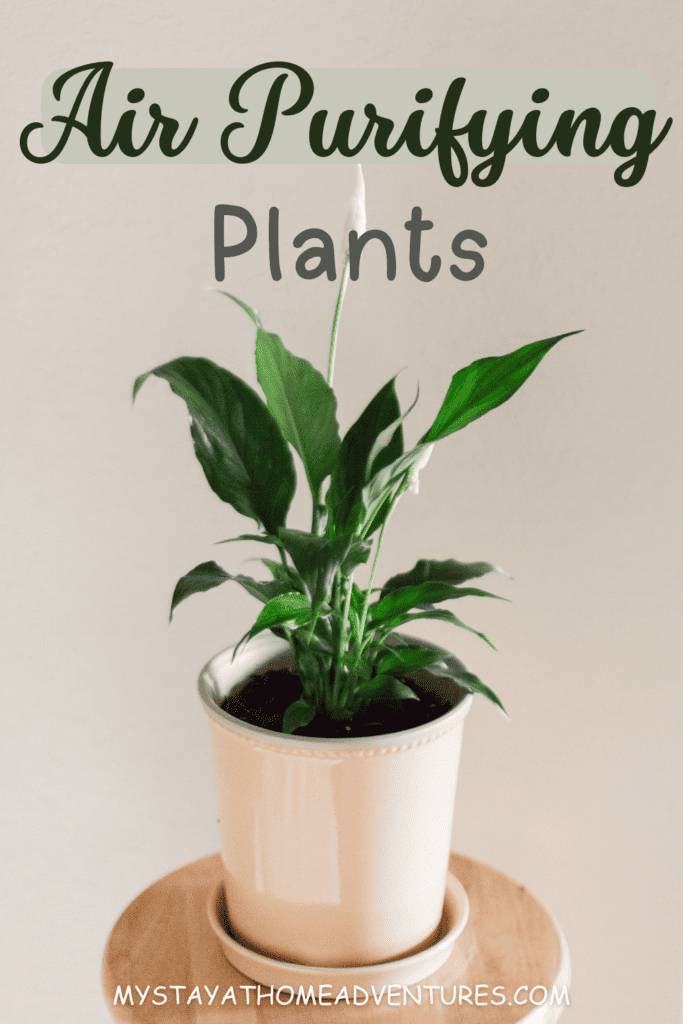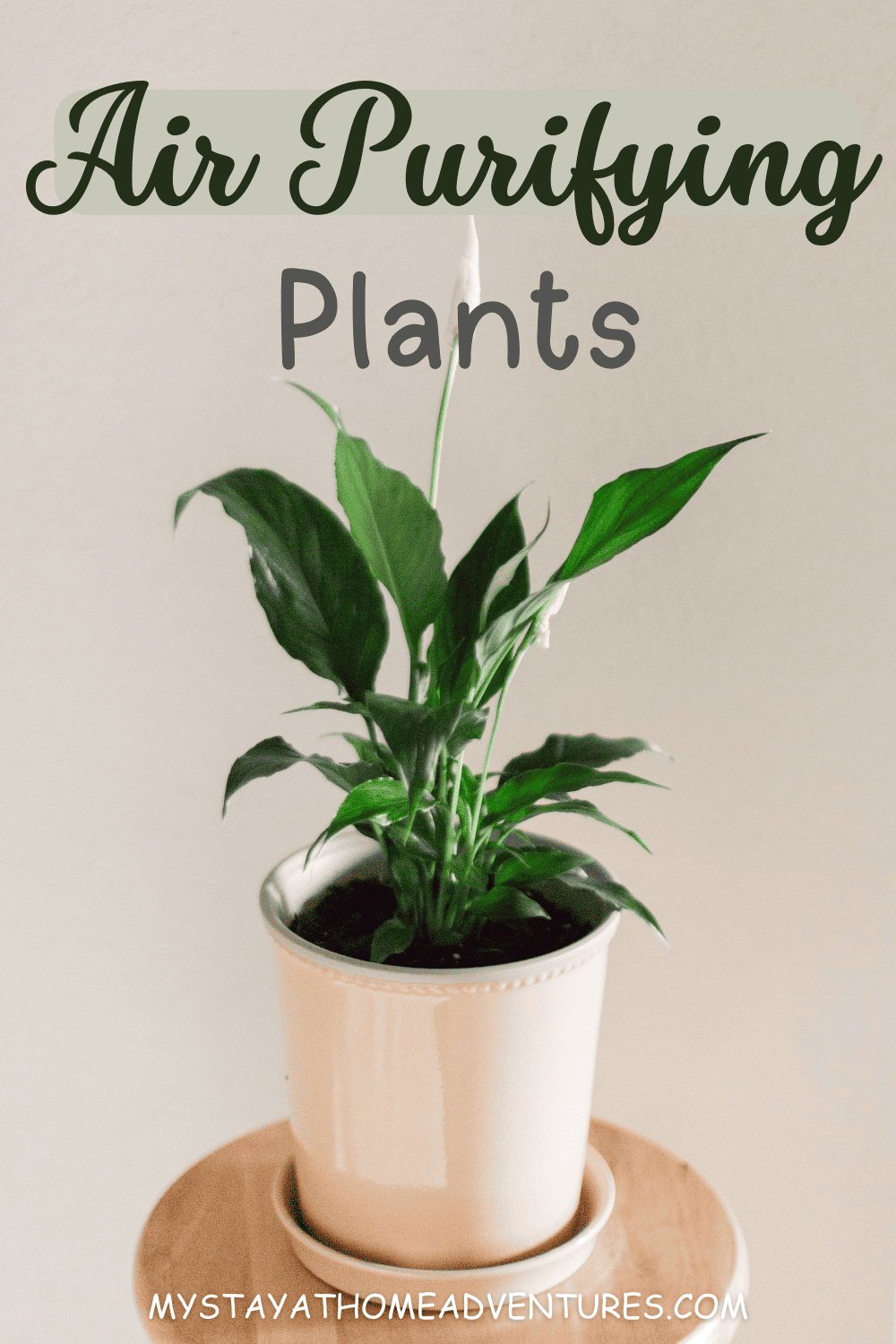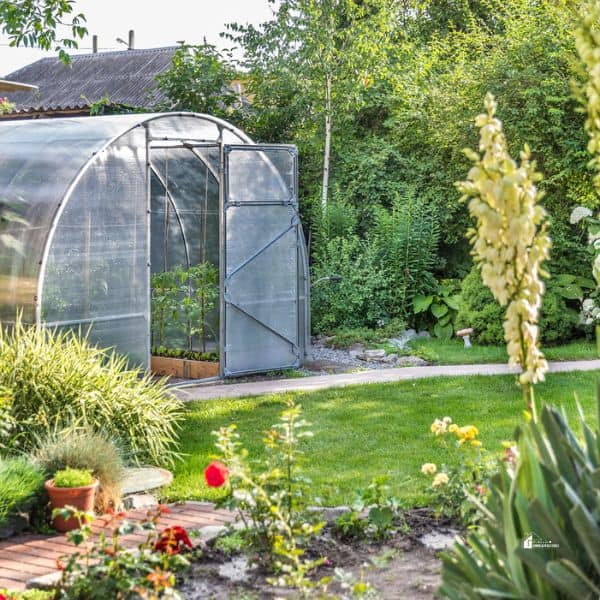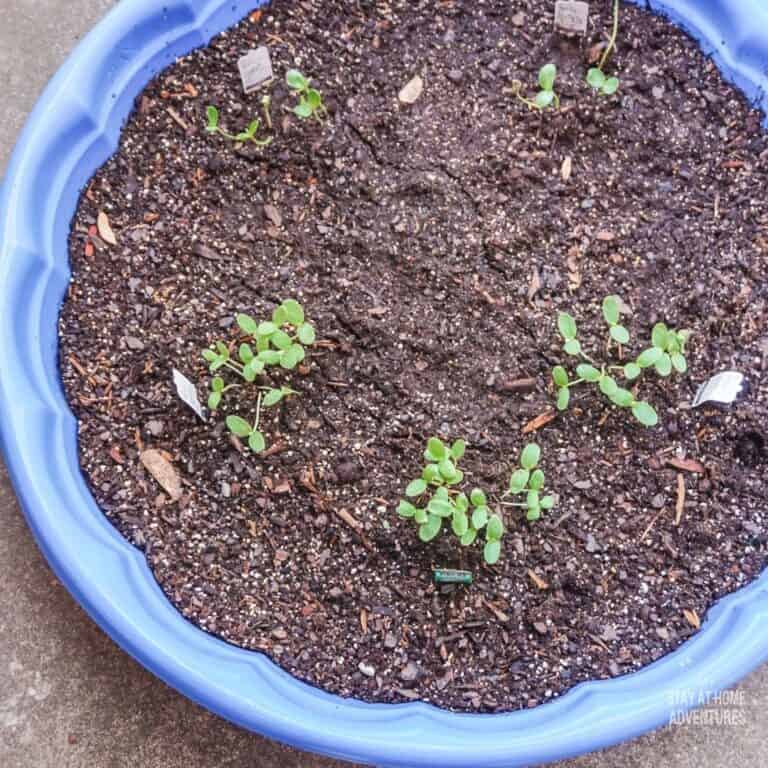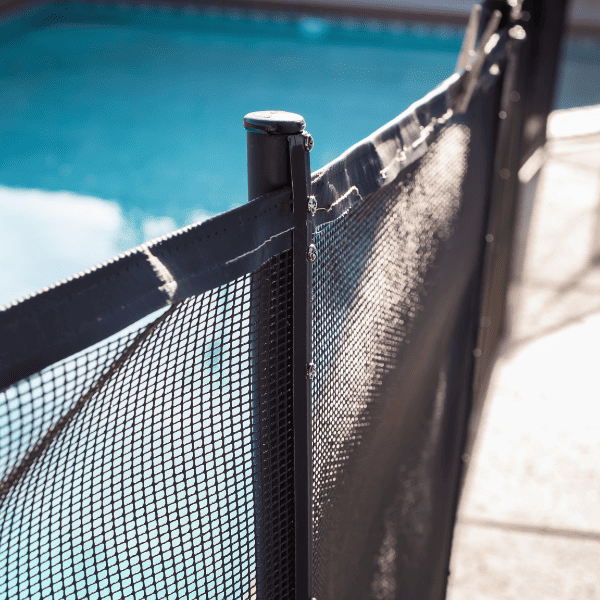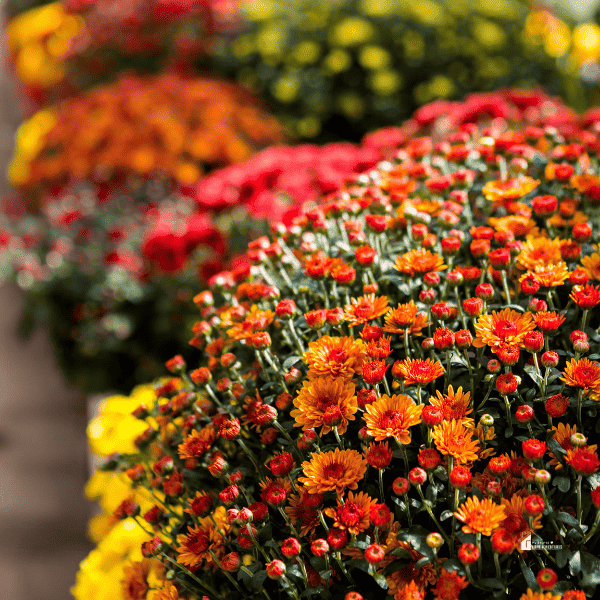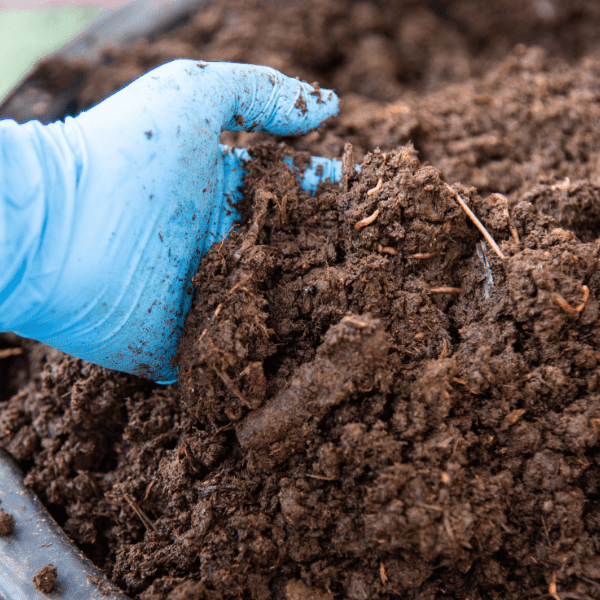Air Purifying Plants
This post may contain affiliate links which might earn us money. Please read my Disclosure and Privacy policies hereAir-purifying plants are an essential component of creating a healthy indoor environment. These plants add natural beauty to our living spaces and have the inherent ability to cleanse the air of harmful toxins. Studies conducted by NASA have shown that certain indoor plants can eliminate up to 100 percent of the most dangerous environmental toxins in just 24 hours.
Air-purifying plants work through photosynthesis, absorbing carbon dioxide and releasing oxygen. However, what makes these plants unique is their ability to absorb volatile organic compounds (VOCs).
VOCs are harmful chemicals like formaldehyde, benzene, and trichloroethylene, often found in common household products and building materials. These toxic chemicals can cause health problems such as headaches, dizziness, and eye, ear, and throat irritation.
You might enjoy these posts:
- 10 Of The Best Pet-Friendly Plants
- 10 of Our Favorite Big Indoor Plants
- 20 Best Low Light Houseplants
By absorbing these harmful toxins, air-purifying plants help to improve indoor air quality, making it healthier for us to breathe. Some of the most effective air-purifying plants include Spider Plant, Peace Lily, Snake Plant, and Aloe Vera. These plants are not only easy to care for but also thrive in indoor conditions.
In addition to their air-purifying properties, these plants also have other benefits. For instance, they can increase humidity levels, reduce stress, improve mood, and enhance productivity and concentration. Plus, they add a touch of greenery that can make any space feel more welcoming and alive.
Air purifying plants are a natural, cost-effective solution to improving indoor air quality. They are a beautiful addition to any home or office, providing numerous health and well-being benefits.
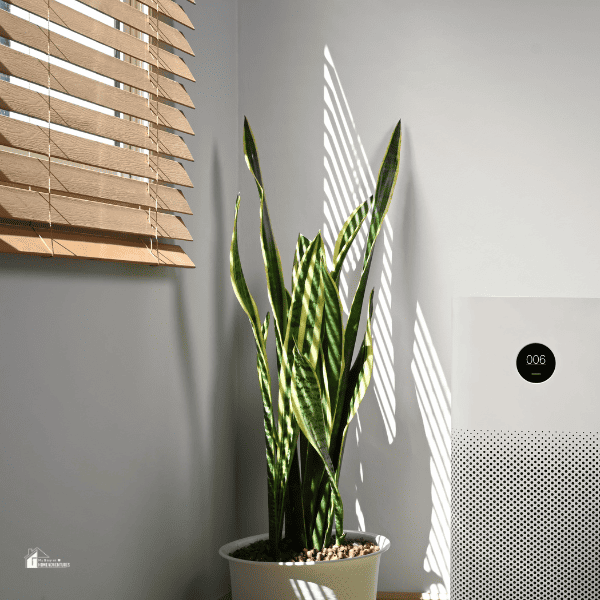
Which plant purifies air the most?
Florist's Chrysanthemums (often called ‘mums') are considered one of the most effective plants for air purification. They have been known to eliminate common toxins as well as ammonia. Another plant with air-purifying capabilities is the Rubber Plant (Ficus robusta). This plant is easy to care for and can significantly improve indoor air quality.
The Bamboo Palm is a popular indoor plant that is especially good at filtering out formaldehyde and benzene.
Also, Devil's Ivy or Pothos is considered one of the most effective indoor air purifiers that helps detoxify your home. Peace Lily (Spathiphyllum wallisii) is also an attractive plant that not only purifies the air but also releases moisture into the air. It can reduce levels of formaldehyde, benzene, trichloroethylene, and other toxins in the air.
Remember, while these plants can help to improve air quality, they are not a substitute for proper ventilation and air filtration systems.
Which plants purify the air indoors?
Generally, indoor plants add beauty to our homes and can purify the air. The English Ivy, for example, is a beautiful groundcover or houseplant known for its ability to remove harmful chemicals from the air. Similarly, the Bird's Nest Fern helps keep your home fresh by naturally purifying the air. The Areca Palm, also called Bamboo Palm or Butterfly Palm, is another plant recognized for its air-purifying qualities.
The Spider Plant, a popular choice for indoor gardening, is effective at purifying air, and the flowering Gerbera Daisy is great at filtering toxins. The Snake Plant, also known as the mother-in-law's tongue, is excellent for improving indoor air quality, while the Bamboo Palm is particularly effective at filtering formaldehyde.
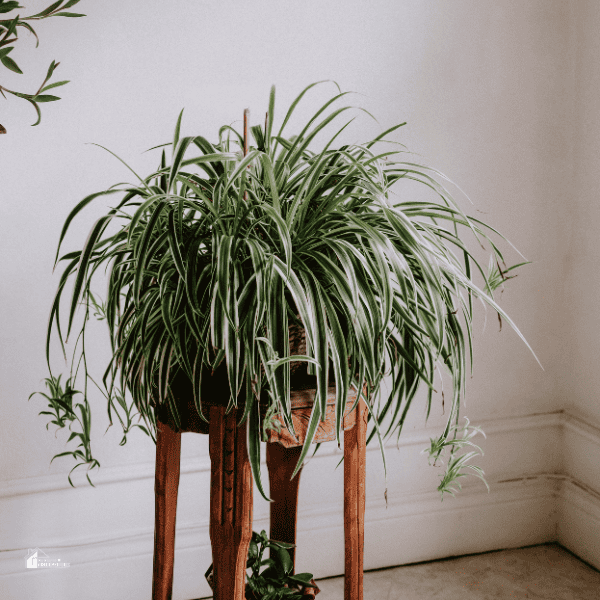
Aloe Vera is another plant that, besides its healing properties, is great for purifying air. Boston Ferns are regarded as excellent air-purifying houseplants. Lastly, the Peace Lily cleans the air by breaking down and neutralizing toxic gases like benzene, formaldehyde, and carbon monoxide. While these plants help improve indoor air quality, they should be part of a larger strategy for maintaining healthy indoor air, including proper ventilation and regular cleaning.
| Plant Name | Air Purifying Properties | Additional Benefits |
| English Ivy | Removes harmful chemicals | Acts as a beautiful groundcover or houseplant |
| Bird's Nest Fern | Natural air purifier | Adds a touch of greenery to any space |
| Areca Palm (Bamboo Palm/Butterfly Palm) | Known for air-purifying qualities | Enhances indoor aesthetics |
| Spider Plant | Effective at purifying air | Easy to care for, ideal for beginners |
| Gerbera Daisy | Great at filtering toxins | Adds bright, cheerful color |
| Snake Plant (Mother-in-law's Tongue) | Excellent for improving indoor air quality | Requires minimal care, good for low-light areas |
| Bamboo Palm | Effective at filtering formaldehyde | Adds an exotic touch to interiors |
| Aloe Vera | Great for purifying air | Bloom beautiful white flowers |
| Boston Ferns | Excellent air-purifying houseplants | Adds a classic touch of greenery |
| Peace Lily | Breaks down and neutralizes toxic gases | It acts as a beautiful groundcover or houseplant |
What plant removes 78% of airborne mold?
The plant that is known for removing 78% of airborne mold is the English Ivy (Hedera helix). English Ivy works as a natural air purifier, absorbing spores and preventing them from spreading around your home. It's particularly effective at filtering mold spores in the air within 12 hours, as mentioned in one of the posts on Allergy and Air. Besides mold, it also removes other toxins, such as formaldehyde and benzene.
The best part is that English Ivy requires little maintenance and can thrive in many climates. So if you're looking for a natural way to filter mold from your home, the English Ivy plant might be just what you need. In addition to removing airborne mold, the Peace Lily is also an effective natural air purifier.
However, while it's a powerful tool for improving indoor air quality, it's important to note that English Ivy is toxic if ingested by pets or humans, so children and animals should keep it out of reach.
Moreover, while using English Ivy can help reduce airborne mold, it should not replace proper mold remediation in homes with serious mold problems. Always consult a professional if your home has a significant mold issue.
Do air-purifying plants get rid of smells?
Air-purifying plants can help improve the overall air quality in your home, but their ability to eliminate bad smells is a bit more complex. While they are excellent at filtering out toxins and producing fresh oxygen, their capacity to neutralize strong odors is limited.
Some plants, such as the Peace Lily and English Ivy, are known for absorbing volatile organic compounds (VOCs) like formaldehyde and benzene, which can contribute to unpleasant smells. Other plants, like Geraniums and Lavender, naturally emit pleasant fragrances that can mask certain odors. Regardless, it's important to remember that air-purifying plants are not a substitute for professional odor removal services.
However, it's important to note that while these plants can aid in maintaining a fresher-smelling environment, they aren't a substitute for regular cleaning and proper ventilation, which are crucial for managing and preventing bad smells in your home.
